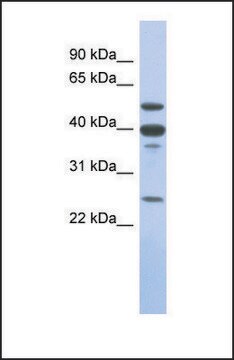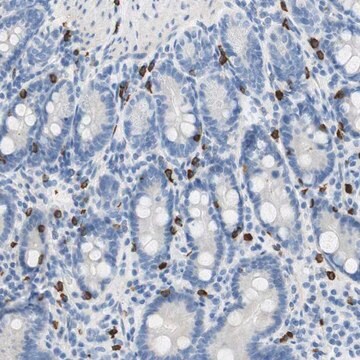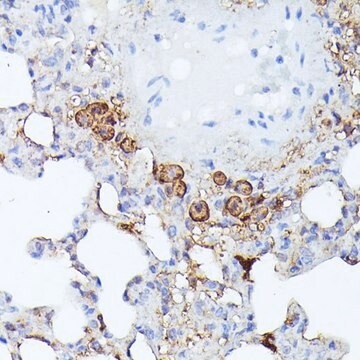07-1650
Dibutyl phthalate
SAJ special grade, ≥98.0%
Synonym(s):
n-Butyl phthalate, DBP, Phthalic acid dibutyl ester
About This Item
Recommended Products
grade
SAJ special grade
vapor density
9.6 (vs air)
vapor pressure
1 mmHg ( 147 °C)
Assay
≥98.0%
form
liquid
autoignition temp.
756 °F
expl. lim.
0.47 %, 236 °F
availability
available only in Japan
refractive index
n20/D 1.492 (lit.)
pH
7 (20 °C, 10 mg/L)
bp
340 °C (lit.)
mp
−35 °C (lit.)
density
1.043 g/mL at 25 °C (lit.)
SMILES string
CCCCOC(=O)c1ccccc1C(=O)OCCCC
InChI
1S/C16H22O4/c1-3-5-11-19-15(17)13-9-7-8-10-14(13)16(18)20-12-6-4-2/h7-10H,3-6,11-12H2,1-2H3
InChI key
DOIRQSBPFJWKBE-UHFFFAOYSA-N
Looking for similar products? Visit Product Comparison Guide
Application
Signal Word
Danger
Hazard Statements
Precautionary Statements
Hazard Classifications
Aquatic Acute 1 - Aquatic Chronic 2 - Repr. 1B
Storage Class Code
6.1C - Combustible acute toxic Cat.3 / toxic compounds or compounds which causing chronic effects
WGK
WGK 3
Flash Point(F)
367.7 °F - open cup
Flash Point(C)
186.5 °C - open cup
Personal Protective Equipment
Regulatory Listings
Regulatory Listings are mainly provided for chemical products. Only limited information can be provided here for non-chemical products. No entry means none of the components are listed. It is the user’s obligation to ensure the safe and legal use of the product.
EU REACH SVHC Candidate List
EU REACH Annex XVII (Restriction List)
EU REACH Annex XIV (Authorisation List)
Choose from one of the most recent versions:
Already Own This Product?
Find documentation for the products that you have recently purchased in the Document Library.
Our team of scientists has experience in all areas of research including Life Science, Material Science, Chemical Synthesis, Chromatography, Analytical and many others.
Contact Technical Service






